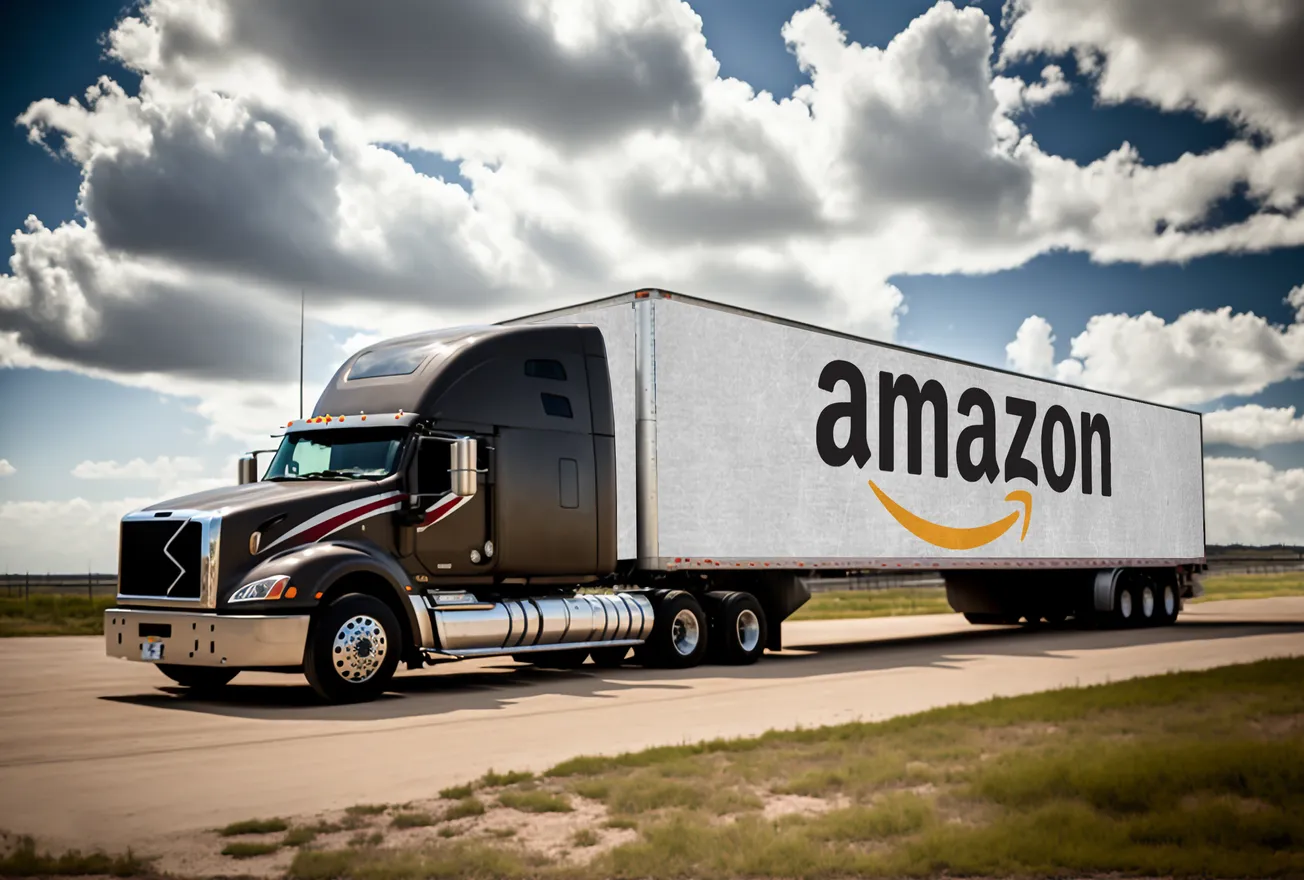The retail landscape in 2024 saw Amazon accelerating its expansion into brick-and-mortar operations and Walmart doubling down on its store remodels and omnichannel strategies.
Both companies are leveraging cutting-edge technologies, innovative store concepts, and strategic partnerships to enhance their market positions and cater to evolving consumer expectations.
Amazon's Brick-and-Mortar Expansion
Amazon’s foray into physical retail began with the acquisition of Whole Foods Market in 2017, a move that signaled its intention to integrate its e-commerce dominance with brick-and-mortar operations.
By 2024, Amazon has significantly accelerated this strategy, unveiling new store formats and expanding its footprint.
Amazon resumed the growth of its Amazon Fresh grocery stores in 2024 after a brief pause. The company opened eight new locations across the United States, bringing the total number of Amazon Fresh stores to 60. These stores, ranging from 31,000 to 59,000 square feet, are strategically located in key states such as California, New York, Maryland, Pennsylvania, and New Jersey.
Designed with advanced technology, including its "Just Walk Out" payment system, Amazon Fresh stores aim to streamline the shopping experience by eliminating the need for traditional checkout lines.
Amazon is testing new grocery formats by integrating its Whole Foods and Amazon Fresh operations. Initiatives include shipping Whole Foods products from Amazon Fresh fulfillment centers and introducing micro-fulfillment centers within Whole Foods locations.
This integration aims to create a seamless shopping experience by combining the strengths of both brands, offering customers broader product availability and faster delivery options.
Amazon’s Smaller Store Concepts
In addition to its large-scale grocery stores, Amazon launched a new small-format store concept in 2024 called "Amazon Grocery." These stores are designed for urban markets, featuring curated selections of everyday essentials and leveraging Amazon’s robust data analytics to tailor inventory to local preferences.
This move positions Amazon to compete more effectively in dense metropolitan areas where convenience is paramount.
Amazon’s Drone Delivery Revolution
Amazon has made substantial advancements in drone delivery technology, positioning itself as a leader in logistics innovation.
In 2024, the Federal Aviation Administration granted Amazon approval to operate drones beyond visual line of sight, allowing the company to expand its Prime Air delivery service. With plans to deliver 500 million packages annually by the end of the decade, Amazon’s drone program aims to revolutionize last-mile logistics by providing faster and more sustainable delivery options.
Walmart’s Strategic Responses
As Amazon aggressively expands its physical retail and logistics capabilities, Walmart is implementing countermeasures to maintain its competitive edge.
Walmart has invested over $9 billion in upgrading more than 1,400 stores across the United States. These remodels feature improved layouts, expanded product selections, and technological enhancements such as interactive displays and digital touchpoints.
The company’s “store of the future” prototypes include wider aisles and integrated online order pickup zones, blending physical and digital shopping experiences.
Additionally, Walmart is expanding its physical footprint by building or converting over 150 new stores in high-growth areas. This strategy aims to modernize facilities, create jobs, and reach underserved markets.
Omnichannel Integration
Walmart has effectively merged its physical and digital operations to create a seamless omnichannel shopping experience. Services such as online grocery pickup, same-day delivery, and store-based fulfillment centers leverage Walmart’s extensive store network to meet consumer demands for convenience and speed.
This integration has allowed Walmart to compete effectively with Amazon’s e-commerce dominance.
Walmart has also embraced drone technology to enhance its logistics capabilities.
Walmart partnered with DroneUp to launch drone delivery services in several states, including Arkansas, Florida, and Texas. The service enables customers to receive deliveries in as little as 30 minutes, providing a competitive alternative to Amazon’s Prime Air program.
Like Amazon, Walmart received FAA approval to operate drone deliveries beyond visual line of sight. This regulatory milestone enables Walmart to scale its drone operations and reach more customers in rural and suburban areas, where last-mile delivery costs are traditionally higher.
With plans to expand these services further, Walmart is positioning itself as a key player in the drone delivery space.
Third-Party Partnerships and Marketplace Expansion
In 2024, Amazon deepened its third-party grocery delivery partnerships, collaborating with local grocers to provide same-day delivery in more locations.
This strategy extends Amazon’s reach beyond its proprietary stores, allowing it to compete more effectively in regions where it lacks physical retail presence.
Walmart has expanded its third-party marketplace by introducing new categories such as Premium Beauty and pre-owned goods. The company’s "Resold at Walmart" initiative offers refurbished electronics and collectibles, attracting cost-conscious consumers and environmentally conscious shoppers.
Walmart has also launched logistics services for third-party sellers, enabling them to fulfill orders across multiple platforms, including Amazon and Etsy.
This move mirrors Amazon’s Fulfillment by Amazon program and underscores Walmart’s commitment to supporting seller success.
Amazon’s aggressive expansion into brick-and-mortar operations and groundbreaking drone delivery initiatives demonstrate its commitment to innovation and market disruption. Meanwhile, Walmart’s investments in store upgrades, omnichannel integration, and marketplace growth highlight its determination to remain a dominant force in retail.










